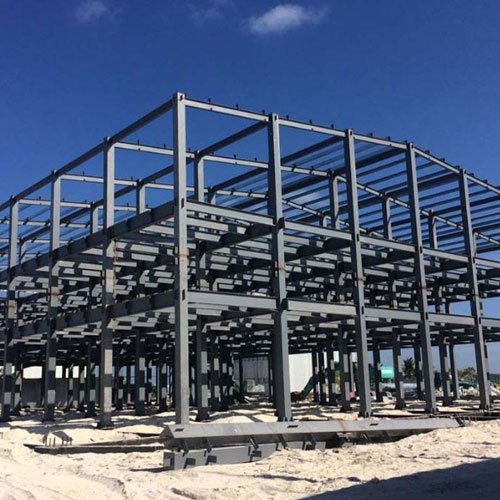Pre Engineered Building (PEB)

Pre Engineered Building is a combination of Built-up Primary members, Secondary members and Roofing and wall cladding either single skin or insulated panels. Built-up members and Secondary members form a well braced steel skeleton structure which is enveloped by Roofing and wall cladding.
The Pre Engineered Building is a metal enclosure building that includes a structural frame and standard roof and wall support which is factory made and is erected at the site. Pre-Engineered Building is a new manufacturing concept replacing traditional manufacturing. PEB is seen as a breakthrough in the construction industry, resulting in less construction time, cost-effectiveness, high quality, low maintenance, consistent span. Pre-engineered buildings meet one of industry’s most critical criteria that is wide, column-free areas.
There has been a substantial rise in Pre Engineered buildings in recent years. Due to rapid construction developments and an increase in the need for quick-track construction in India.
In addition to being economically efficient, pre-engineered buildings are environmentally friendly ways to counter global warming. The prefabricated building saves time because it is designed in a very short period. The parts are prefabricated in accordance with the specification and transported to the site where they are assembled.

PRIMARY
Primary Member

